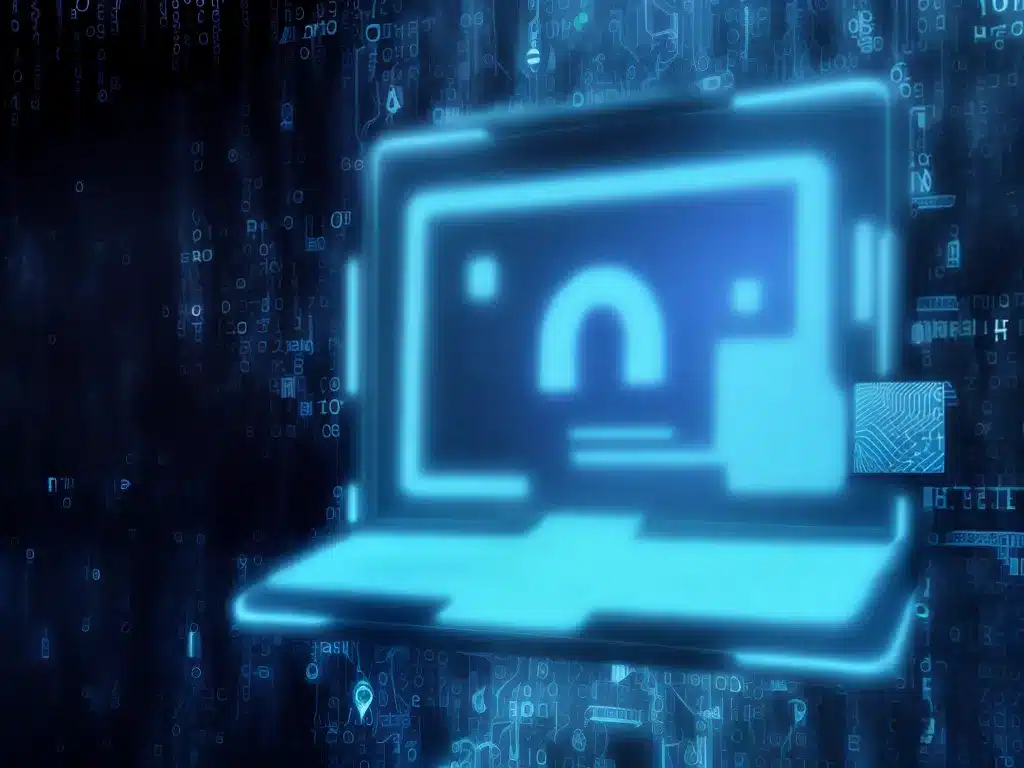
What is Ransomware?
Ransomware is a form of malicious software that encrypts a victim’s files and demands payment to restore access. It has emerged as one of the most concerning cybersecurity threats facing individuals and organizations today.
Ransomware typically spreads through phishing emails containing malicious attachments or links. Once downloaded, it will rapidly encrypt files on the infected system or network using complex algorithms. A ransom payment, often demanded in cryptocurrency, is then required to obtain a decryption key.
The Rising Scale of Ransomware Attacks
The number of ransomware attacks has skyrocketed in recent years. According to cybersecurity firm SonicWall, ransomware attacks increased by 485% globally in 2021 compared to 2020. Major industries impacted include healthcare, education, government agencies, and critical infrastructure.
Some notable largescale ransomware attacks from 2021:
-
Colonial Pipeline: This major US fuel pipeline was forced to shut down operations for 6 days after a ransomware attack, causing fuel shortages across the Southeastern US. The company paid a $4.4 million ransom.
-
JBS: The world’s largest meat processing company was hit with a $11 million ransomware attack originating from a Russian cybercrime group.
-
Kaseya: This IT solutions firm saw more than 1,500 businesses compromised worldwide after ransomware targeted its virtual system/server administrator tool.
The Costs of Ransomware Attacks
The damage caused by ransomware extends far beyond just the ransom payment itself. A survey by Sophos found that the average bill for rectifying a ransomware attack is $1.85 million. This includes factors like:
- Business disruption and lost productivity
- Emergency response costs
- Lost sales and customers
- Remediation expenses
- Legal fees
- Reputational harm
Furthermore, paying the ransom itself has major downsides:
- It further finances and incentivizes cybercriminal operations
- There is no guarantee files will be recovered
- It can violate regulations around financing criminals
Emerging Trends Fueling the Threat
Several key trends are exacerbating the ransomware epidemic:
-
Ransomware-as-a-Service (RaaS): Malicious actors can now “rent” sophisticated ransomware tools through RaaS programs located on the dark web. This allows even unskilled attackers to launch debilitating ransomware campaigns.
-
Double Extortion: Many ransomware groups now not only encrypt files but also threaten to publicly leak stolen data if the ransom is unpaid. This piles on additional pressure to pay.
-
Cryptocurrencies: Payment demands issued through difficult-to-trace cryptocurrencies like Bitcoin have fueled ransomware growth by offering cybercriminals an easy way to profit.
-
Vulnerable Remote Workforces: Widespread remote work due to the COVID-19 pandemic has increased the risk of ransomware, with employees often using personal devices on home networks with weak security.
How Organizations Can Defend Against Ransomware
While ransomware is a formidable threat, proper cybersecurity measures can help safeguard your organization:
- Maintain patched and updated systems, as well as comprehensive antivirus software.
- Use email security services that filter for potential ransomware attacks.
- Back up your data regularly and keep offline backups beyond the reach of attackers.
- Control access to avoid widespread infection, including principles like least privilege.
- Develop a ransomware response plan for effectively reacting to an attack.
- Train employees on cyber risks like phishing and strong password policies.
Staying vigilant and following cybersecurity best practices is crucial for defending against the escalating dangers of ransomware. With attacks becoming more aggressive, the threat cannot be ignored. However, the right preparation and action can significantly improve your resilience.












